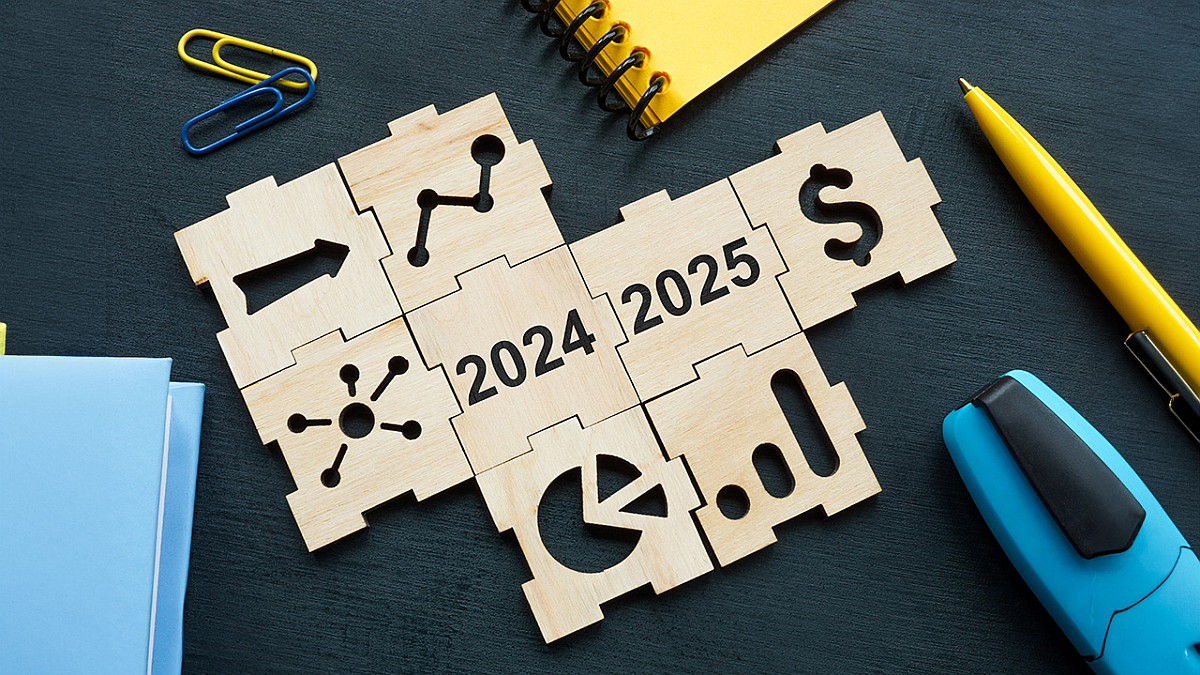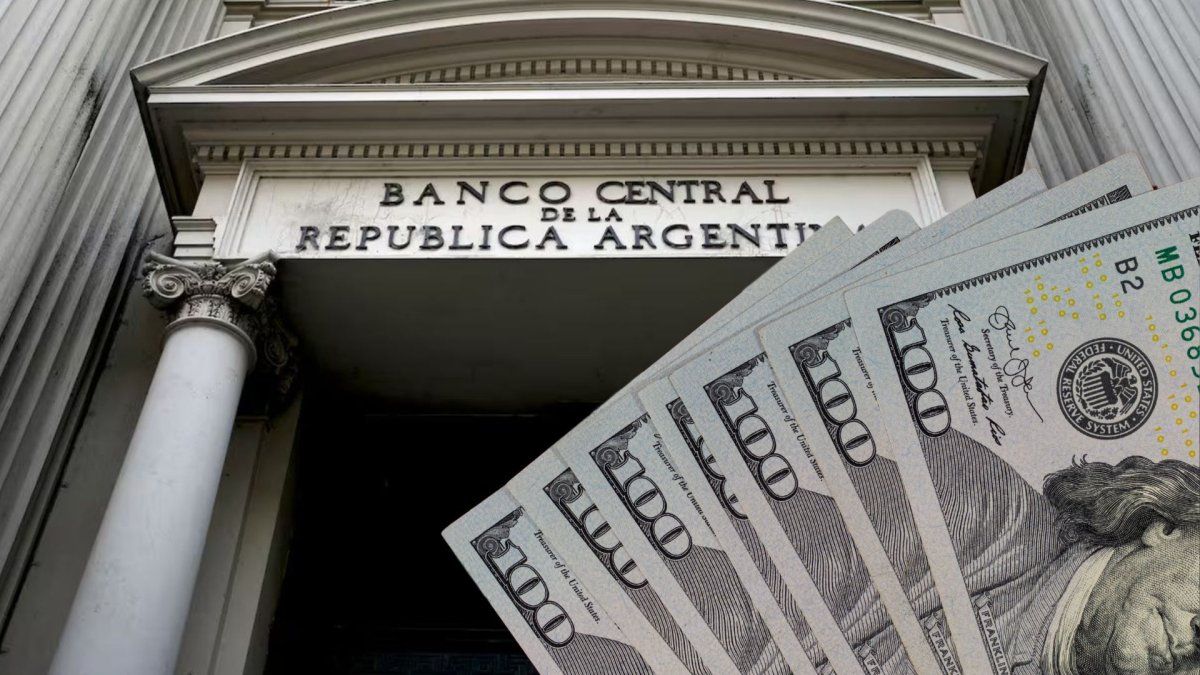There are two conditions that today draw the attention of investors and analysts: stabilization and a strengthening external sector. The details.
The trade balance recorded a surplus of US$1,234 million in November, as a result of exports of US$6,479 million and imports of US$5,245 million. This performance accumulated a positive balance of US$17,371 million in the year.
The content you want to access is exclusive to subscribers.
The foreign sales increased 31.6% year-on-year in value, driven by a 35.5% increase in quantities, despite a 2.8% drop in prices. Virtually all items showed growth compared to November 2023, except fuel and energy. In addition, exported volumes have accumulated eleven consecutive months of increases, with a growth of 25.5% in the accumulated year.


On the other hand, the imports They fell 4.3% year-on-year due to lower prices (-3.9%), while quantities remained almost stable (-0.2%). In accumulated terms, external purchases decreased by 20.2%, mainly explained by a marked decrease in quantities (-17.1%). This behavior reflects the increased cost of imports after the devaluation, the increase in the COUNTRY tax, the recession and the over-importation of certain goods in 2023 due to the exchange delay.
At the international level, The Federal Reserve (FED) cut its monetary policy rate by 25 basis points, placing it in the range of 4.25%-4.50%, as expected. Likewise, it adjusted upwards its projection for 2025, raising it from 3.4% to 3.9%, anticipating only two cuts in the year. This suggests that the FED will slow the pace of rate cuts. In addition, the data from the Personal Consumption Expenditure index reflected a year-on-year increase of 2.4% in the general measurement and 2.8% in its core version. Although these figures were below expectations, there remains concern that inflation persists at high levels.
For emerging economies, the permanence of high rates strengthens the dollar to the detriment of local currencies and weakens the prices of commodities. In the case of Brazil, The currency, which was already facing pressure due to the fiscal situation, depreciated to 6.29 reais per dollar prior to the FED announcement. In response, the Central Bank of Brazil increased the Selic rate by one percentage point, bringing it to 12.25%, and increased its intervention in the exchange market.
In summary, a trade surplus in goods is expected for 2025, although lower than in 2024. Imports could grow driven by economic recovery, the decrease in the official dollar, the elimination of the COUNTRY tax and the normalization of payments.
For their part, exports would also increase, although to a lesser extent, due to the fall in the prices of agricultural commodities.
At the microeconomic level, between lower international prices and exchange rate appreciation, the domestic purchasing power of soybeans is at historically low levels, 40% below the 2018-2023 average, and comparable to those at the end of 2015 and the period 1999-2001.
From a sector perspective, it is essential to eliminate export duties to promote competitiveness.
Professor at the University of CEMA.
Source: Ambito
I am an author and journalist who has worked in the entertainment industry for over a decade. I currently work as a news editor at a major news website, and my focus is on covering the latest trends in entertainment. I also write occasional pieces for other outlets, and have authored two books about the entertainment industry.




